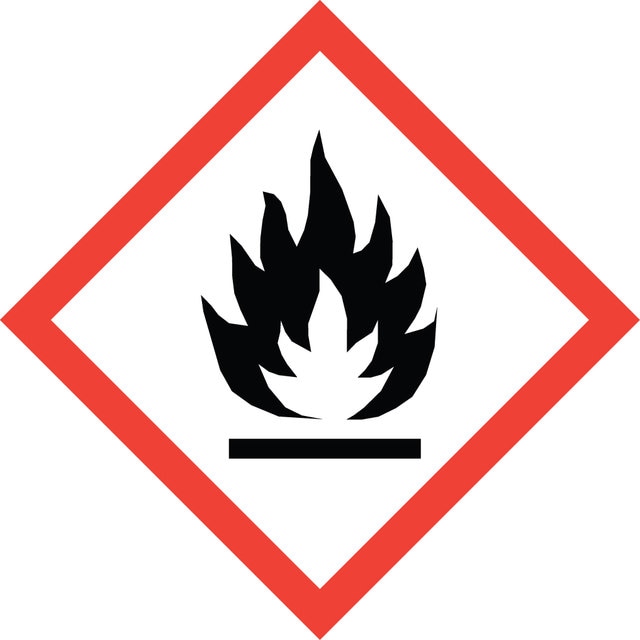CN34851
Acetonitrile
≥99.90% (GC), gradient grade, suitable for HPLC
Synonym(s):
ACN, Cyanomethane, Ethyl nitrile, Methyl cyanide
Select a Size
About This Item
Product Name
Acetonitrile, suitable for HPLC, gradient grade, ≥99.90% (GC)
grade
gradient grade
vapor density
1.41 (vs air)
vapor pressure
72.8 mmHg ( 20 °C)
Assay
≥99.90% (GC)
form
liquid
autoignition temp.
973 °F
expl. lim.
16 %
baseline drift measuring range
≤15 mAU (210 nm)
technique(s)
HPLC: suitable
impurities
≤0.0002% free alkali (as NH3)
≤0.0005% non-volatile matter
≤0.0005 ppm fluorescence at 365 nm (as quinine)
≤0.001% free acid (as CH3COOH)
≤0.001 ppm fluorescence at 254 nm (as quinine)
≤0.02% water (Karl Fischer)
color
colorless
refractive index
n20/D 1.344 (lit.)
bp
81-82 °C (lit.)
mp
−45 °C (lit.)
density
0.786 g/mL at 25 °C (lit.)
HPLC-gradient
≤0.5 mAU at 254 nm
≤3 mAU at 210 nm
UV absorption
λ: 195 nm Amax: ≤0.12
λ: 200 nm Amax: ≤0.032
λ: 230 nm Amax: ≤0.0044
format
neat
SMILES string
CC#N
InChI
1S/C2H3N/c1-2-3/h1H3
InChI key
WEVYAHXRMPXWCK-UHFFFAOYSA-N
Looking for similar products? Visit Product Comparison Guide
General description
Application
- Determination of pKa values of organic superbases using the isodensity polarization continuum model (IPCM).
- Preparation of 1,2-azidoalcohols and 1,2-azidoamines via cerium(III) chloride assisted ring opening of epoxides and aziridines by sodium azide.
- Synthesis of cyano-bearing indolinones by oxidative arylalkylation of olefins in the presence of palladium catalyst.
- To study the dynamics of the intramolecular charge-transfer (ICT) reaction of 4-(dimethylamino)benzonitrile.
Signal Word
Danger
Hazard Statements
Precautionary Statements
Hazard Classifications
Acute Tox. 4 Dermal - Acute Tox. 4 Inhalation - Acute Tox. 4 Oral - Eye Irrit. 2 - Flam. Liq. 2
Storage Class Code
3 - Flammable liquids
WGK
WGK 2
Flash Point(F)
35.6 °F - closed cup
Flash Point(C)
2.0 °C - closed cup
Regulatory Information
Choose from one of the most recent versions:
Already Own This Product?
Find documentation for the products that you have recently purchased in the Document Library.
Our team of scientists has experience in all areas of research including Life Science, Material Science, Chemical Synthesis, Chromatography, Analytical and many others.
Contact Technical Service
